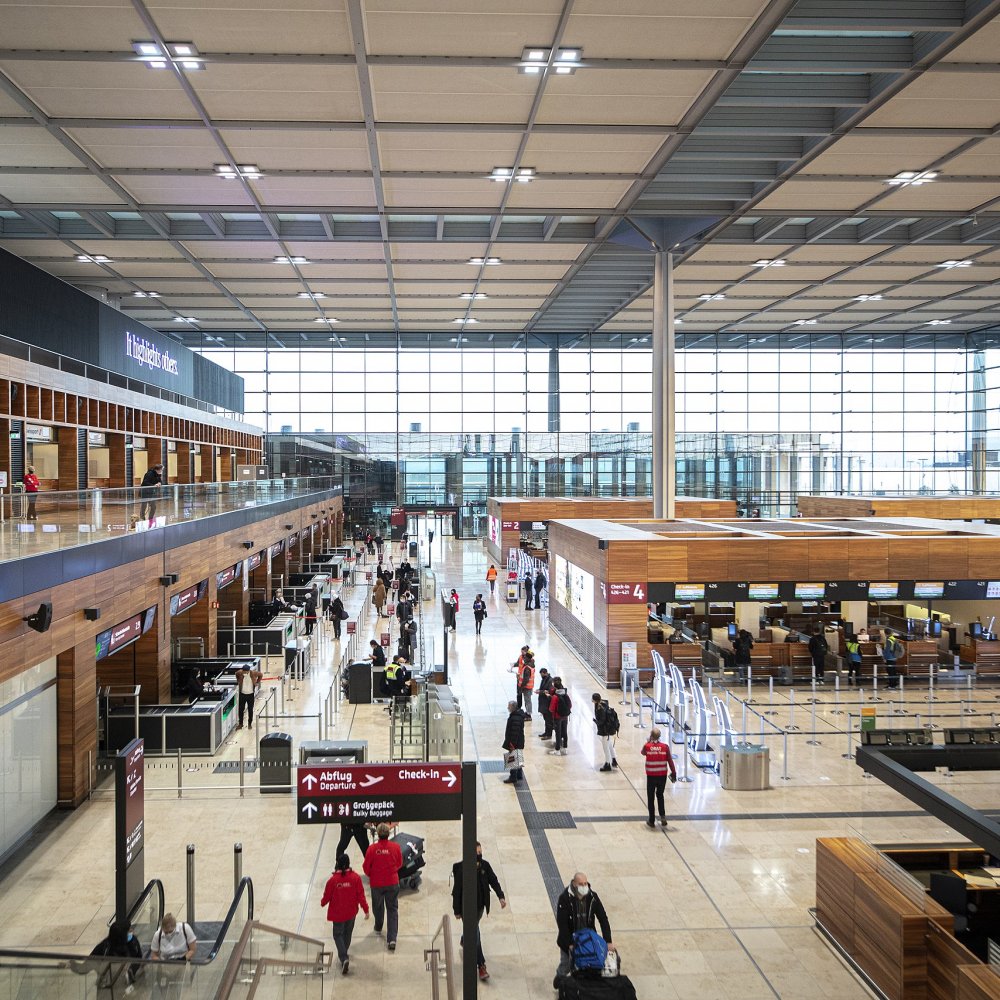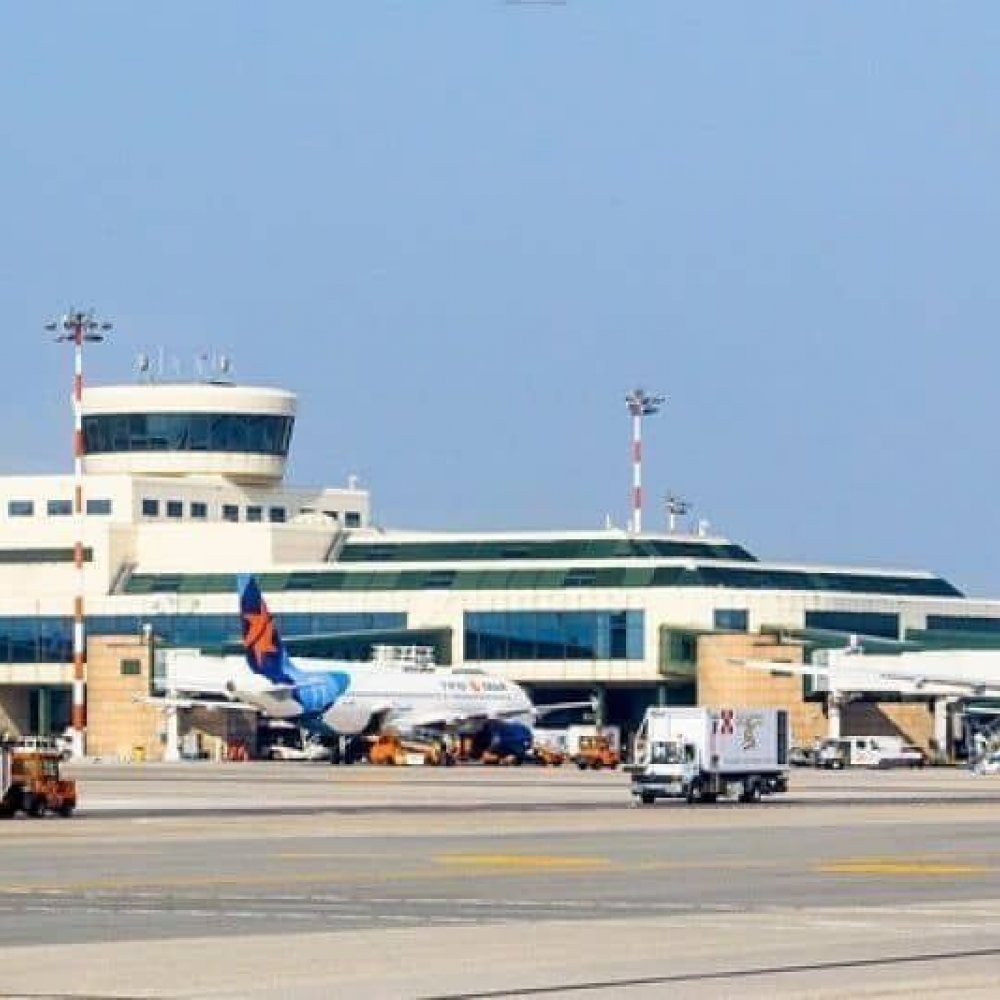Picture this: You’re in the heart of London on a busy weekday morning, suitcase in tow, eyes on the clock. The city hums around you—the blaring horns, the chatter, the rhythm of footsteps on pavement—each second ticking you closer to your flight’s departure. You sip a quick coffee, calculating your options to Gatwick Airport, UK. Do you squeeze onto the Tube and hope the connections align? Perhaps a fast train? Or a taxi, but will traffic hold you hostage? The anticipation is palpable. When I last landed at Gatwick Airport, UK, navigating the journey from central London was an adventure itself. But armed with the right info and a plan of action, that stress turns into smooth confidence. This guide will become your trusted companion, transforming the hustle into a seamless prelude to your trip.

Why Plan Your Airport Transfer?
Planning how to get to Gatwick Airport, UK is more than just a practical step—it's a cornerstone for a smooth travel experience. Last-minute scrambles or misjudged timings can lead to missed flights, unexpected expenses, or frazzled nerves. By thoughtfully mapping your route and mode of transport, you ensure your journey starts on the right foot.
Consider this: Gatwick Airport is 30 miles south of central London—far enough that traffic can vary wildly and public transport schedules matter. Whether you’re travelling solo or with family, juggling luggage, or just seeking the most cost-effective route, knowing your options saves time and money. When I last took a rideshare from central London to Gatwick Airport, UK, I appreciated the exact arrival time estimate more than I expected. It gave me breathing space to grab a snack rather than rush through security in a panic.
Moreover, planning helps you anticipate factors like night surcharges, peak-hour delays and accessibility needs, all vital for travellers with mobility concerns or heavy suitcases. Gatwick’s terminals are well-served, but choices abound. Your decision affects not just your wallet, but the whole start-of-trip vibe. So invest a few minutes now to reap big rewards later—your peace of mind during that vital first leg of your adventure.
Price & Time Grid: Your Options at a Glance
| Transport Mode | Single Fare | Return Fare | Journey Time | First / Last Service | Night Surcharge |
|---|---|---|---|---|---|
| Taxi | £70–£100 (varies by traffic) | Not applicable | 45–90 mins | 24/7 | £10–£15 (10pm–6am) |
| Rideshare | £45–£70 | Not applicable | 45–75 mins | 24/7 | Dynamic pricing applies |
| Rail (Gatwick Express / Thameslink) | £16 single | £30 return | 30–40 mins | 04:30 / 00:15 | No surcharge |
| Express Bus | £11 single | £20 return | 50–70 mins | 05:00 / 23:00 | Usually no surcharge |
| Local Bus | £6 | £10–12 | 70–100 mins | 06:00 / 22:00 (limited late service) | No surcharge |
From an affordability perspective, local buses offer the cheapest option, but take considerably longer. The rail options strike a great balance between price and speed, especially the Gatwick Express, which is dedicated and quick. Taxis and rideshares provide door-to-door convenience, paramount if you’re juggling heavy luggage or travelling at odd hours, but expect premium pricing plus possible night surcharges. Express buses offer a comfortable middle ground but check timetables carefully to avoid waiting time. In sum, your choice depends on your budget, luggage, comfort preferences and time available before your flight.
Step-by-Step Guide for Each Mode
Taxi
- Pre-book your taxi online or hail one from a trusted rank in the city centre at least 2 hours before your intended departure.
- Confirm the driver knows the exact terminal (North or South) at Gatwick Airport, UK.
- Set off allowing 1.5 hours in morning or evening peak, shorter at quiet times.
- Enjoy a direct journey, monitor progress with GPS for peace of mind.
- Arrive at the terminal entrance and confirm fare before paying (card or cash accepted).
Rideshare
- Open your rideshare app (Uber, Bolt or similar) and enter Gatwick Airport, UK as destination.
- Choose your service tier depending on luggage space and budget.
- Confirm pick-up point; some areas require a short walk to main roads.
- Track driver and journey progress via app for estimated arrival time.
- Tip suitably if desired and rate driver after arrival.
Rail
- Buy tickets in advance online or at London stations (Victoria, London Bridge, Blackfriars).
- Check whether Gatwick Express (quicker but pricier) or Thameslink (cheaper, more stops) suits your timing.
- Arrive at your departure station with sufficient time to find the platform.
- Board the train and store luggage safely on racks or overhead.
- Arrive at Gatwick Airport station—follow signs to your terminal or shuttle.
Bus
- Check bus operators and routes in advance; National Express and local stagecoach run services to Gatwick Airport, UK.
- Purchase tickets online or onboard (note some buses may be cash-only).
- Arrive early at the designated bus stop in the city centre.
- Load luggage carefully in the bus storage compartments.
- During the journey, stay aware of stops and prepare to alight at Gatwick Airport.
- Follow airport signage from bus drop-off to your appropriate terminal.
Returning a Rental Car
- Top up the fuel tank to the agreed level (usually full) to avoid extra charges; petrol stations are available en route or nearby Gatwick Airport, UK.
- Follow clear blue and white signs for "Car Rental Return" on approach to Gatwick Airport.
- Enter the car rental area and park in the designated zone marked with your rental company’s branding.
- Complete any paperwork or hand keys to staff if the desk is open.
- If after-hours, use the rental company’s drop-box for keys and documents.
- Take the shuttle bus service provided from the rental car facility to the Gatwick Airport Departures terminal.
- Confirm shuttle times to avoid delays and give yourself plenty of time for check-in afterwards.
Money-Saving Hacks
- Book rail tickets at least two weeks ahead for discounted Advance fares on Gatwick Airport, UK train services.
- Use contactless payment or Oyster cards on Thameslink trains for often cheaper fares.
- Share rideshare cost by car-pooling with travel companions wherever possible.
- Buy return bus tickets online to save on combined fare pricing.
- Check for off-peak travel discounts, typically mid-morning or midday when trains and buses are less busy.
Peak-Hour vs Off-Peak Travel Times
Timing your journey to Gatwick Airport, UK can dramatically impact comfort and stress levels. Morning and evening peak times, usually 7:00–9:30am and 4:30–7:30pm weekdays, bring crowded trains and buses, and slower taxi rides often stuck in heavy traffic on the M23 motorway. If you’re travelling during these windows, it’s wise to add an extra 30 minutes to your usual journey time estimate.
Conversely, off-peak travel tends to be gentler on both pocket and nerves. Trains run with fewer passengers and buses are less likely to be full to bursting. Taxis and rideshares generally find faster routes with less congestion. Planning your departure outside peak periods, especially if your flight isn’t at a particularly early or late hour, can turn a tense transfer into a pleasurable start to your trip.

Accessibility & Luggage Factors
Travelling to Gatwick Airport, UK with heavy or bulky luggage, or requiring accessibility considerations, needs extra planning. Most taxis and rideshares offer vehicle options with ample boot space and can accommodate mobility aids upon request, so always specify your requirements when booking. The Gatwick Express trains have level boarding and wide doors but some Thameslink services can be crowded—consider the off-peak if possible. Station staff are generally helpful with luggage assistance and step-free access.
Local and express buses have limited luggage space and may be challenging for travellers with large suitcases. Those with reduced mobility should check for accessible routes and, where possible, opt for taxi or rail as these provide a more seamless experience. Remember, Gatwick Airport, UK terminals offer luggage trolleys free of charge, and there are lifts and ramps for wheelchair users, making the final leg from transport to terminal relatively straightforward.
Carbon-Smart Alternatives
As awareness of environmental impact grows, travellers are increasingly interested in greener ways to get to Gatwick Airport, UK. Shared shuttle services offered by several hotels and airport car parks combine passengers, cutting down the per-person carbon footprint and often beating individual taxi costs. Another eco-friendly choice is the bike-and-ride option: cycling part of your route to a nearby station with secure parking, then catching a train to Gatwick.
Park-and-ride schemes on the outskirts of London allow you to leave your car at a designated terminal-accessible car park and hop on shuttle or public transport. These alternatives contribute to reducing traffic congestion around the airport and lower your journey’s overall emissions.
Sample 08:00 Flight Timeline
- T-12 hours: Confirm your transfer booking for how to get to Gatwick Airport, UK, check traffic/rail updates and lay out travel documents.
- T-4 hours: Have breakfast and ensure bags are packed; check-in online if possible to save time later.
- T-2 hours: Leave accommodation, factoring in journey mode specifics and peak/off-peak conditions.
- T-0: Arrive at Gatwick Airport, UK terminal, head to check-in/bag drop and security.
Hidden Pitfalls & Local Quirks
Even the best planning benefits from insider knowledge—here are a few aspects to watch for when navigating your way to Gatwick Airport, UK:
- Strike days: Rail or bus strikes can disrupt normal schedules; always check live news and consider alternative transport.
- Cash-only buses: Some local bus services around Gatwick do not accept contactless or cards—carry small change just in case.
- Motorway tolls & congestion: Though there are no tolls on the M23, heavy congestion during holiday seasons or accidents can delay taxi and rideshare journeys.
Eight Mistakes Travellers Make
- Leaving transfers to the last minute without pre-booking, resulting in inflated prices or no availability.
- Ignoring traffic peak hours causing unnecessary delays.
- Underestimating walking times between train stations and terminals.
- Choosing the cheapest bus option without accounting for luggage or accessibility limitations.
- Forgetting to verify which terminal your flight departs from at Gatwick Airport, UK.
- Not checking for updated schedules on strike or special events days.
- Assuming rideshare fares are always cheaper than taxis—dynamic pricing can spike during busy times.
- Neglecting to factor in night surcharges or after-hours service availability.
Frequently Asked Questions
What is the fastest way to get to Gatwick Airport, UK?
The Gatwick Express train from London Victoria is the quickest public transport option, taking about 30 minutes. Taxi or rideshare can be faster off-peak, but be cautious of traffic congestion.
Are there 24-hour transport options to Gatwick Airport, UK?
Taxis and rideshares operate 24/7, while train and bus services have limited night schedules. It’s best to pre-book taxis or rideshares for very early or late flights.
Can I use my Oyster or contactless card to travel to Gatwick Airport by train?
Yes, Oyster and contactless payment cards are accepted on Thameslink trains serving Gatwick, but not on Gatwick Express. Buy tickets accordingly to avoid fines.
Is it better to return a rental car at Gatwick Airport, UK or nearby?
Returning directly at Gatwick Airport saves you shuttle time and taxi costs after drop-off. Follow signage carefully and top up fuel as required to avoid charges.
Call to Action
Now that you know exactly how to get to Gatwick Airport, UK, share your own travel tips or questions in the comments below! Don’t miss future travel guides—subscribe for insider advice, updates and money-saving strategies tailored to savvy travellers like you.






